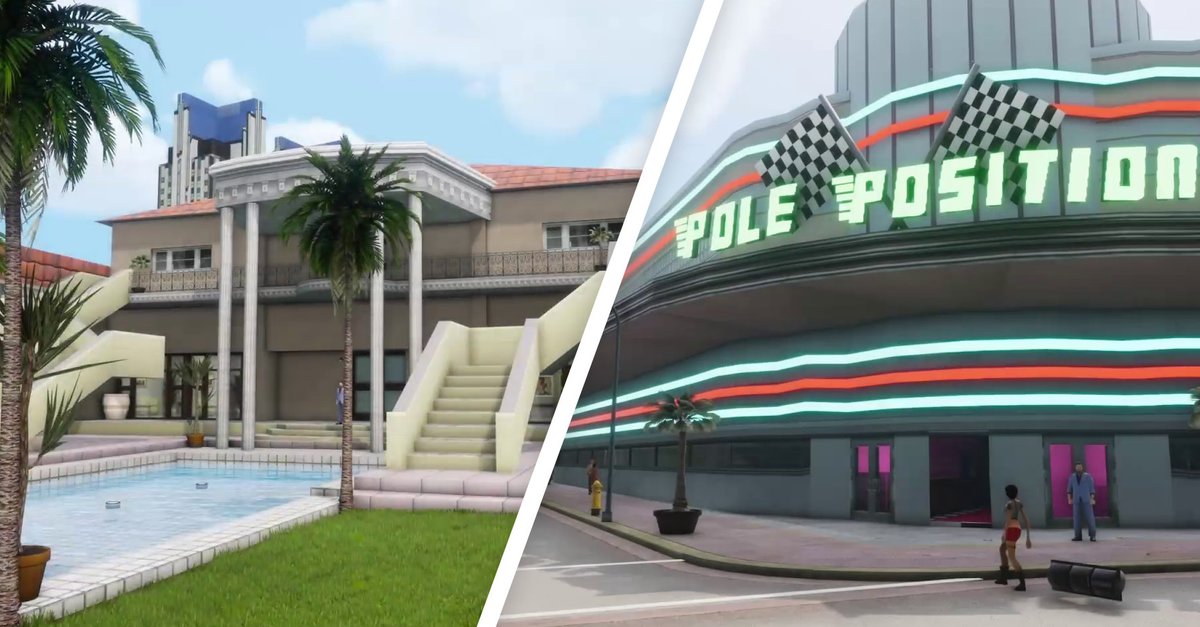Microsoft rejects big fan request
With Windows 11 everything will remain as it is – says Microsoft. Even after the big Windows update in autumn, the taskbar should remain rigid at the bottom of the screen. Quite a few users would have liked a little more flexibility here.
Version:beta
Languages:German English French
License:full version
Windows 11: Taskbar stays fixed
With all Windows versions of the last decades, the If required, also position the taskbar at the top, right and left, if users were not satisfied with the default solution at the bottom of the screen. Quite a few Windows 11 users were amazed because the latest operating system from Microsoft is significantly less flexible in this area. Hopes for an update and more flexibility have now vanished into thin air.
As Microsoft just explained at a live event, the Don’t move the Windows 11 taskbar in the future either. In this context, the group refers to telemetry data collected from Windows users. These probably state that a flexible taskbar is not desired (source: Windows IT Pro).
With a little effort and a trick, the taskbar in Windows 11 can still be moved:
The goal, according to Microsoft, is “to make truly data-driven decisions about what should be included, what should be postponed, and what not.” A flexible taskbar therefore apparently falls under the “what not” section. An official introduction is also part of the Sun Valley 2 updates for Windows 11 not to be expected, which should appear in autumn 2022.
Tips for getting started with Windows 11:
Windows taskbar: more focus on touch
It has long been clear that Microsoft wants to align the Windows 11 taskbar more with tablet use. The classic view is still retained here, but in the announced tablet mode many items disappear from the bar, which is narrower overall. When unfolded, however, the elements are larger to simplify finger operation.


